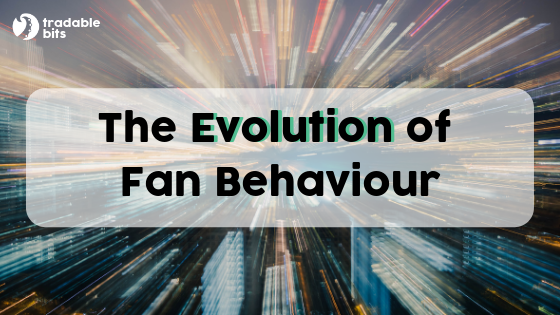Consumer behaviour has consistently changed with the evolution of technology and the digitization of our society. We've evolved from a world where items are only available for purchase at brick-and-mortar stores to purchasing products online.
Purchase Cycle
The moment a consumer realizes that they want something, is the second the purchase cycle begins. Before the technology takeover and the accessibility of information for consumers, large corporations controlled the prices that customers paid.
Pre-Digital Cycle

c/o NeONBRAND, Unsplash
The pre-digital cycle influenced consumers in three steps, decision making, experiencing, and advocating. The process begins when an individual realizes they want or need something, such as cereal. The decision begins when they analyze the different brands, types, and price - all factors that play a critical role in which product the consumer will purchase. The second step in the cycle is when the consumer experiences the product and decides whether or not they like the product. After experiencing the product, these individuals will become loyal to a brand and ultimately re-purchase the product and tell their friends about it.
Digital Cycle

c/o rupixen, Unsplash
Fast forward to the digital age, where people have easy access to the internet via their mobile devices. As technology continues to flourish, two paths to purchase become prominent in this age: the customer decision journey and the accelerated journey.
In the customer decision journey, there several paths that the consumer can take. Firstly, the zero moment of truth: the instance that an individual repurchases a product without giving it any thought. Second, is what we consider as the "modern" decision making path. This path is more divergent and indirect compared to the traditional route that consumers took in the pre-digital age. Customers hop between stages of the decision-making process while they discover and research products online, and companies and consumers can interact directly with each other in the moment a customer is considering a purchase consideration is happening.
When companies optimize the decision making process, customers are guided on an "accelerated path". This journey focuses on delivering a message as quickly and consistently as possible. The goal of the accelerated journey is to eliminate the consideration and evaluation phases, thus increasing a company's competitive advantage.
Influencing Purchase Behaviour

c/o Blake Wisz, Unsplash
By analyzing the consumer purchase cycle, we uncover four leading influencers of consumer purchase behaviour.
- Personalization. As marketers, we are constantly trying to find ways to engage with customers through the decision making journey. By creating more personalized advertisements and connections with the consumer, we can influence sales by showcasing the most relevant features and benefits to that particular customer.
- Tech integrations. Integrating new forms of technology to create a more seamless experience for consumers massively simplifies mobile shopping. Tech integrations changed the norm for online shopping, with features such as next-day shipping and free returns. This all comes in addition to customers having easy access to information so they can conduct further research on products or services.
- Environment management. Another main influence on purchase decisions is the number of distractions grasping the attention of consumers. Creating packaging that is interesting and unique is one way to capture consumers' short attention spans.
- Company interactions. The digital age gave rise to social media platforms, where consumers can engage directly with the companies they buy from. Consumers now desire a way to interact with a company's employees, and prefer to interact with "humanized" brands. Additionally, social media presents the opportunity for companies to get to know their customers on a more personal level.
Heading to the Future
As we head move forward, consider the following when marketing to consumers:
How does this make me feel? In general, humans follow the same thought patterns and decision-making processes. The factors that influence others will likely affect yourself. So reflect: if I was the consumer, how would I react to this marketing campaign? Although it is essential to focus on your target audience (and you may not be in that audience) - this exercise reminds you to consider your customer and how they feel, and not just describe the product and its features.
Where can customers find me? Consumer behaviour online is varied - one person may be on Instagram, while another prefers Twitter. Also, research has shown that customers are more likely to buy if they have multiple interactions with a company before making a purchase decision. Take advantage of the many opportunities digital platforms present to communicate with your customers. Having a multi-channel approach to marketing provides a seamless experience for your potential customer.
What is my customer interested in? Consumers are becoming more health and environmentally conscious with the decisions that they make in their everyday lives. Learning about what is important to your fan allows you to market better to that demographic. Remember, knowing your fans and personalizing your advertisements will help your campaigns to be more successful.
Want to accelerate your fan journey? Contact us for a free consultation on how to personalize your interactions with fans.
